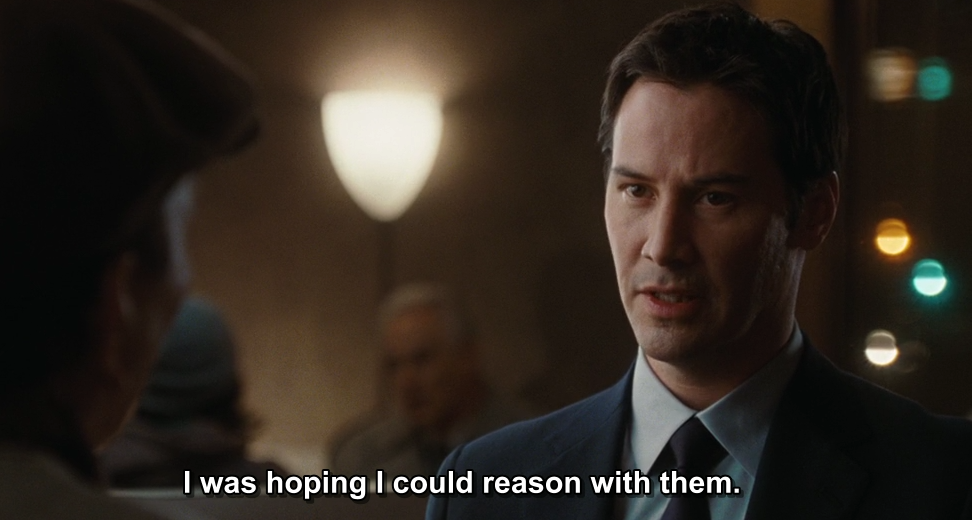Subtitles are one of those things that you might not need right now, but that can be a huge help as you age or find yourself in situations where there’s lots of ambient noise. But how exactly are subtitles created?
Believe it or not, the process is far more involved than just typing out dialogue and throwing it onto the screen. Here’s a breakdown of how subtitles come to life – from script to screen.
Step 1: Transcribing the Dialogue
The first step in creating subtitles is transcribing the spoken dialogue into text. This process involves listening to the movie or TV show and accurately typing out what each character is saying. While this sounds simple, it’s actually a meticulous process.
Transcribers have to account for accents, mumbling, overlapping speech, and background noise. They also decide whether to include non-verbal audio cues, such as [door creaks] or [laughter], which can provide important context for viewers who are hard of hearing.
For same-language subtitles (where the subtitles match the spoken language), the goal is to capture every word while keeping it concise enough to be readable. People can only read so fast, so transcribers often remove filler words like “uh” and “um” while preserving the meaning of the dialogue.
Step 2: Timecoding for Synchronization
Once the dialogue has been transcribed, the next step is timecoding – the process of syncing the text with the exact moments it’s spoken on screen.
Subtitles need to appear and disappear at the right times. If they’re too early, they might spoil a line before the actor even speaks it. If they lag, viewers may struggle to match the text with the spoken dialogue.
Professional subtitle editors use specialized software to ensure each line of text appears at the right frame and disappears before the next line starts. Timecoding requires frame-by-frame adjustments to ensure natural pacing that doesn’t overwhelm the viewer.
Step 3: Translating the Dialogue (for Foreign-Language Subtitles)
If the movie or show needs subtitles in another language, translation becomes the next major step. At this stage,Artific there’s a choice to be made: AI-generated subtitles or human translation services. And while both can technically work, AI translations often come up short.
Here’s the thing: Subtitles aren’t just about converting words from one language to another. They require nuance, cultural adaptation, and an understanding of context. Direct translations rarely work because phrases, idioms, and humor often don’t carry the same meaning across languages. And yet, that’s all AI can do.
For example, if translated literally, an English phrase like “It’s raining cats and dogs” wouldn’t make sense in many other languages. A skilled human translator would adapt it to something culturally relevant – like the French phrase “Il pleut des cordes” (It’s raining ropes).
Human translators also ensure that subtitles fit within character limits. Some languages require more words to say the same thing, so translators must restructure sentences while maintaining the original meaning. AI struggles with this level of adaptation, which is why professional human translation is almost always required for international subtitles.
Step 4: Formatting for Readability
Once the text is finalized – whether in the original language or translated – it has to be formatted for readability. This means adjusting:
- Font size and style to be clear without covering too much of the screen.
- Subtitle placement to avoid clashing with on-screen text (such as credits or character names).
- Line breaks to ensure smooth reading without breaking sentences awkwardly.
Subtitles usually follow a two-line format, with each line limited to around 35-42 characters to prevent information overload. The pacing is also adjusted so that subtitles don’t change too rapidly, making it easy for the viewer to keep up.
Some movies and shows also use color-coded subtitles to distinguish between different speakers, especially when characters are off-screen or overlapping in dialogue.
Step 5: Quality Control and Final Adjustments
Before subtitles are finalized, they go through a rigorous quality control process. This includes:
- Checking for typos and grammatical errors.
- Ensuring subtitles don’t linger too long or disappear too quickly.
- Verifying translation accuracy (for foreign-language subtitles).
At this stage, subtitle editors also watch the content in real time to catch any errors that might not be obvious in text format. A small delay in timing or an awkwardly placed subtitle could disrupt the viewing experience.
Once everything is finalized, the subtitles are exported into a format that matches the platform where the content will be displayed, whether it’s a streaming service, Blu-ray, or theater projection.
Why Human-Generated Subtitles Still Outperform AI
AI-generated subtitles have made significant progress in recent years, but they still have major flaws. Automated systems struggle with:
- Context and nuance. AI doesn’t always recognize when words have multiple meanings.
- Cultural differences. Humor, slang, and idioms often get mistranslated.
- Speech patterns. Accents, fast speech, or overlapping dialogue can confuse AI transcription.
- Proper timecoding. AI often creates subtitles that lag or don’t align properly with speech.
In high-stakes situations – like blockbuster films, corporate videos, or international broadcasts – human-generated subtitles are still the gold standard. However, it’s always up to the producer or streaming platform to figure out what approach they want to take.

Elara is a dynamic writer and blogger who specializes in pop culture and movie reviews. With a background in film studies and journalism, she combines her deep knowledge of the entertainment industry with a sharp, insightful writing style that keeps readers coming back for more.




![‘Jay Kelly’ Review – Noah Baumbach Makes A Case For The Magic Of Movie Stardom [NYFF 2025] ‘Jay Kelly’ Review – Noah Baumbach Makes A Case For The Magic Of Movie Stardom [NYFF 2025]](https://cdn.geekvibesnation.com/wp-media-folder-geek-vibes-nation/wp-content/uploads/2025/11/Jay-Kelly-JKELLY_20240523_15320_C2_R-300x180.jpg)

